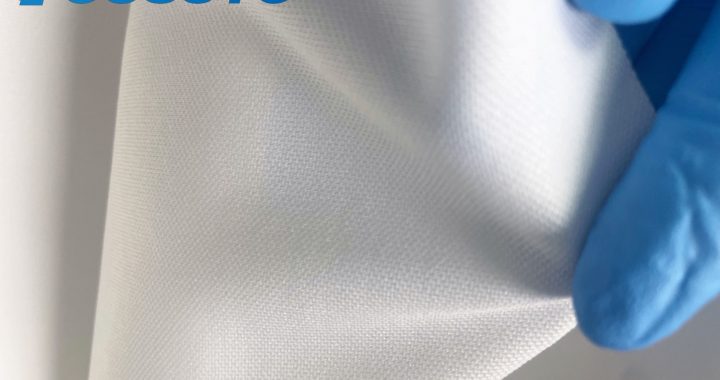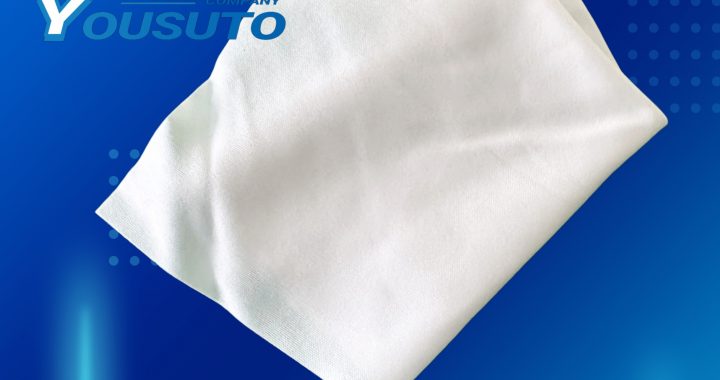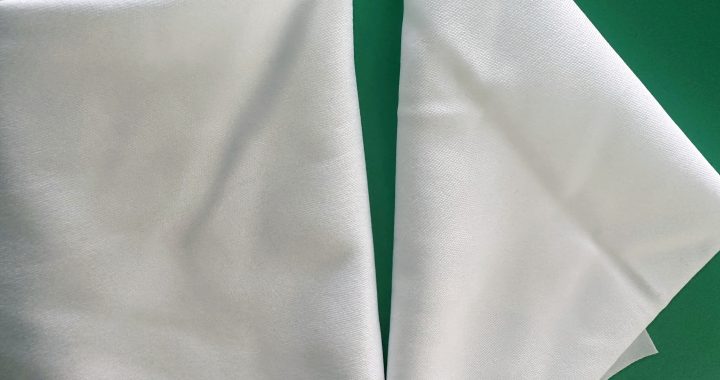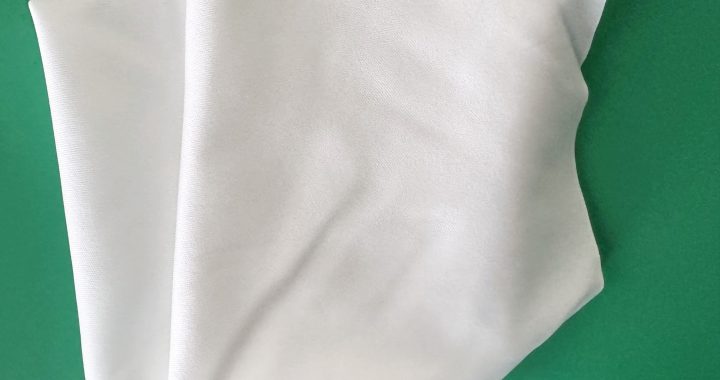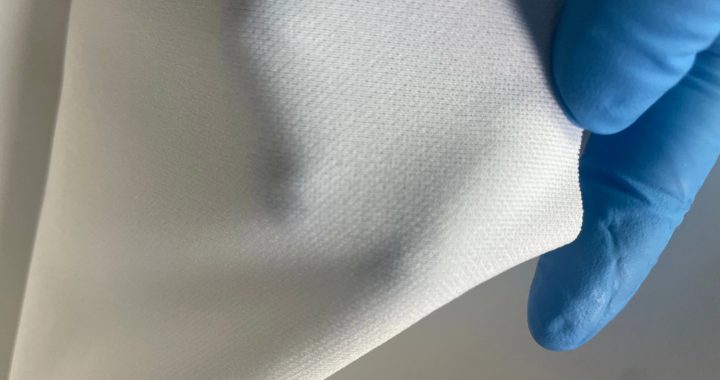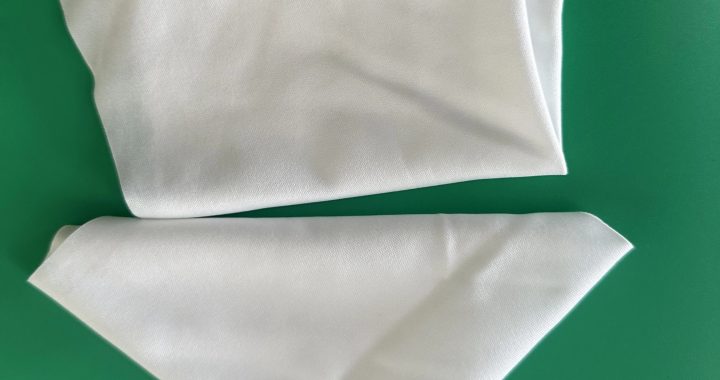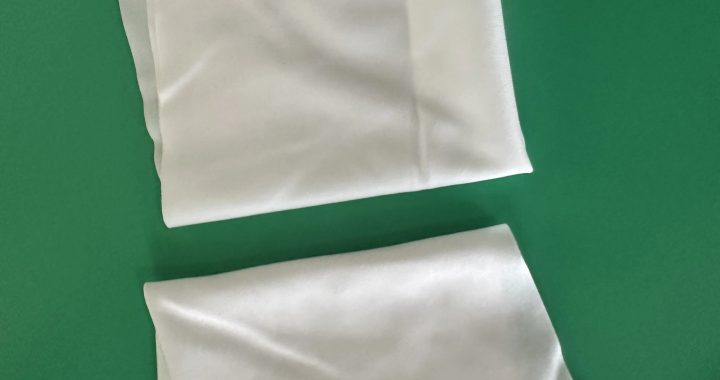Isopropyl alcohol (IPA) wipes are widely used for cleaning printed circuit boards (PCBs) in laboratories and cleanrooms. Pre-wetted, lint-free wipes effectively remove dust, oils, flux residues, and microscopic contaminants without damaging sensitive components. Anti-static properties prevent electrostatic discharge (ESD), ensuring PCB integrity during maintenance. Standard cleaning procedures involve single-direction wiping with controlled pressure, selecting appropriate wipe size and saturation for the specific PCB area. Using IPA wipes reduces cleaning time, minimizes solvent usage, and maintains high-quality solder joints while ensuring compliance with Class 100–1000 cleanroom standards.
Key Features:
-
Pre-wetted with high-purity IPA for efficient residue removal
-
Lint-free and anti-static to prevent ESD and particle redistribution
-
Rapid evaporation leaving no streaks or residue
-
Safe for delicate PCB surfaces and precision electronics
Application Scope:
-
Laboratory PCB maintenance and inspection
-
Semiconductor and electronics cleanroom operations
-
PCB assembly and testing environments
-
Industrial and research electronics facilities
